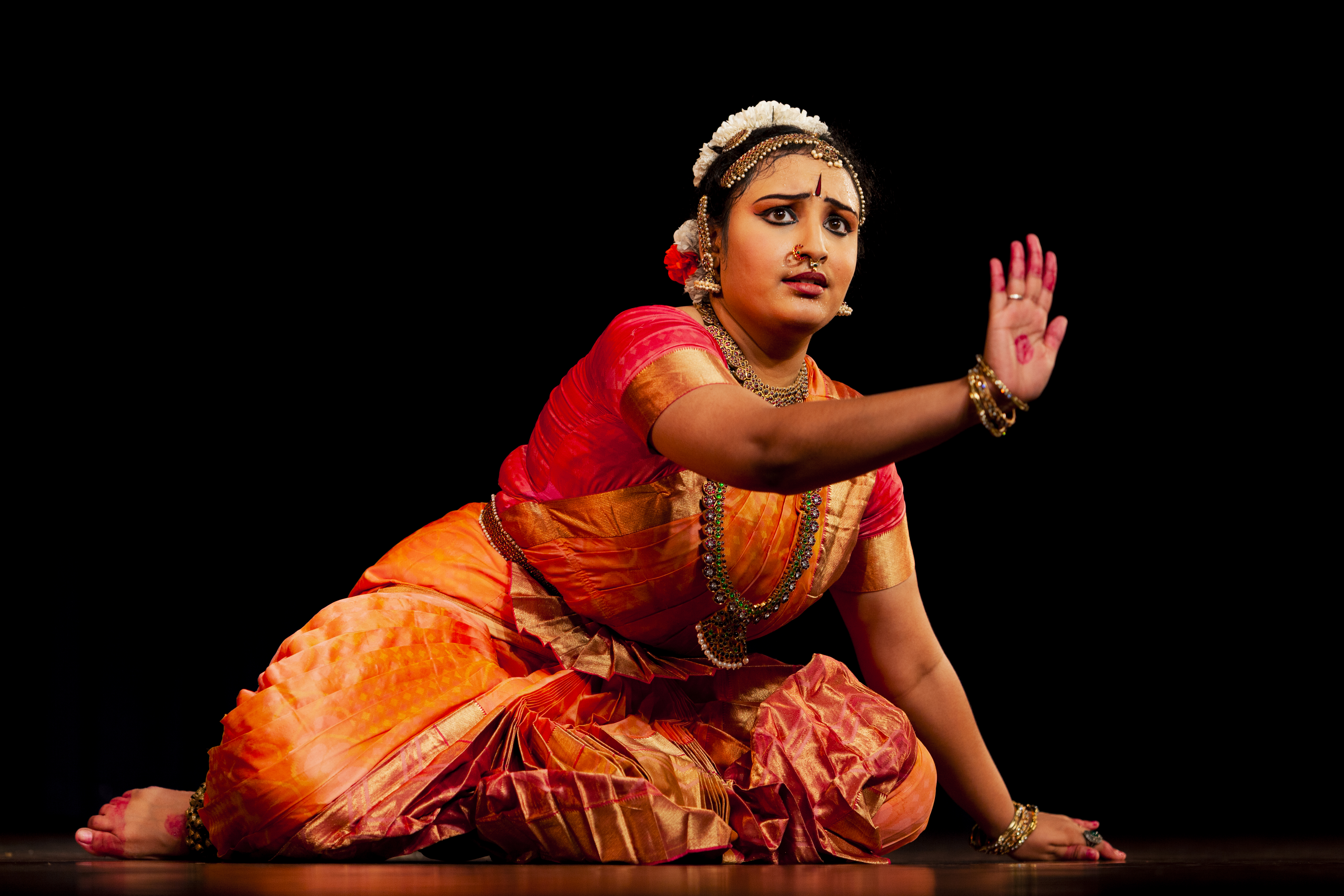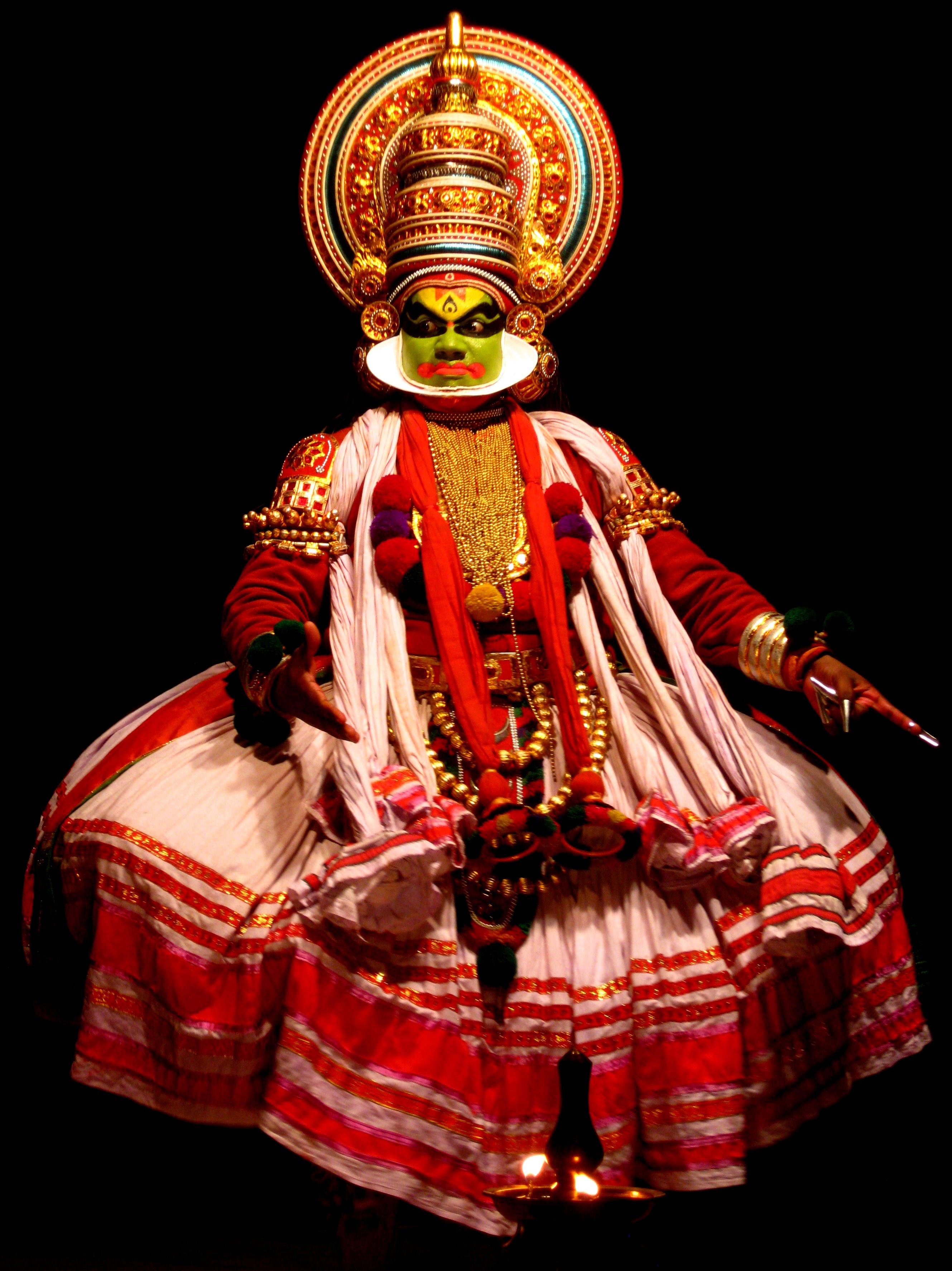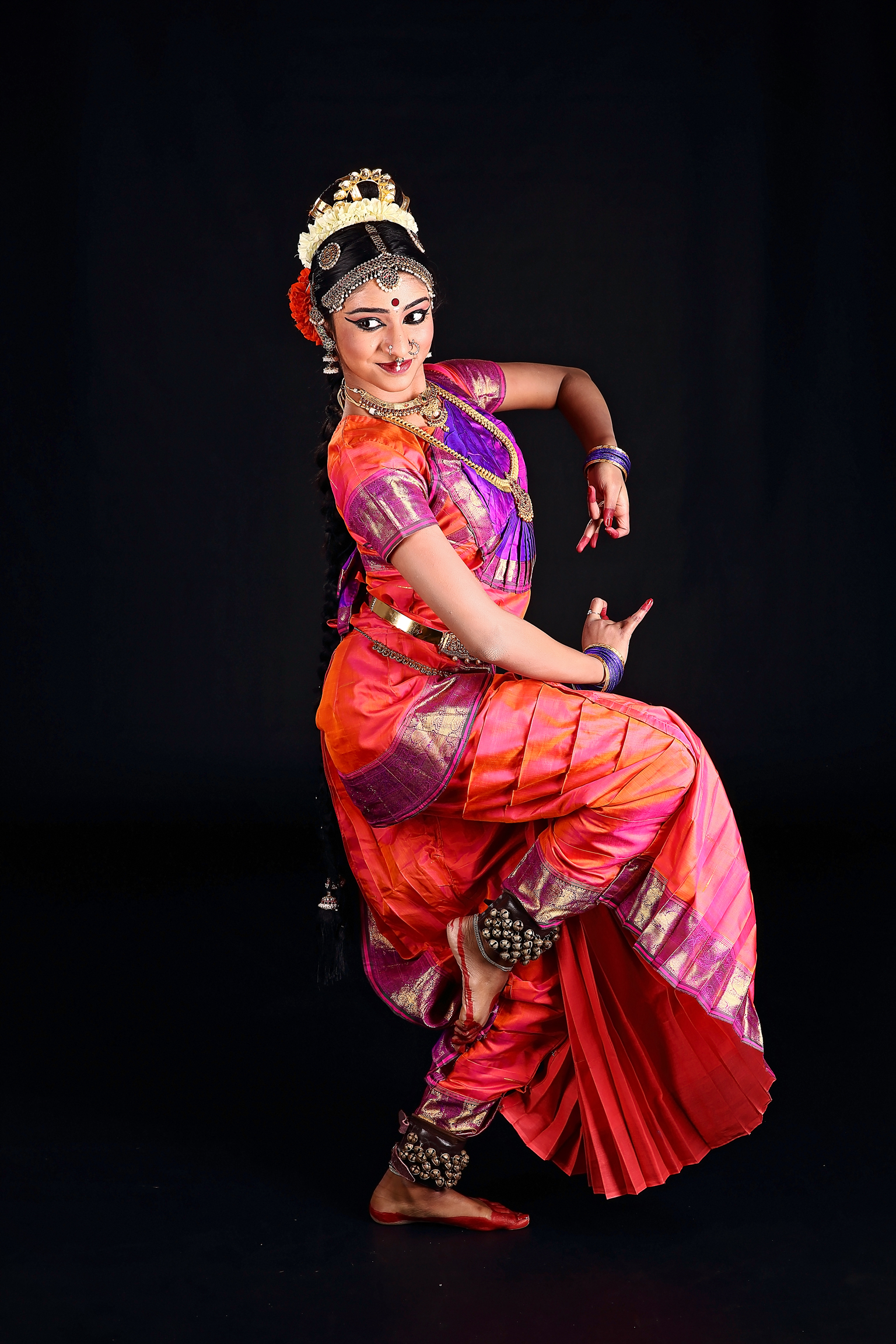India, a land known for its rich cultural heritage, is home to a diverse array of classical dance forms. These dance forms are deeply rooted in ancient traditions, mythology, and religious practices, reflecting the country’s vast cultural tapestry. In this article, we delve into the chief sources of classical dance in India, uncovering the unique origins and characteristics that make each dance form a captivating masterpiece.
1. Natya Shastra: The Foundation of Indian Classical Dance
The Natya Shastra, attributed to the sage Bharata Muni, stands as the foundational text for Indian classical dance. Dating back to the 2nd century BCE, this ancient treatise outlines the principles, techniques, and aesthetics of various performing arts, including dance, music, and theater. It provides a comprehensive framework for understanding the gestures, postures, expressions, and rhythmical patterns that form the essence of classical dance.
2. Bharatanatyam: The Divine Dance of Tamil Nadu
Originating in the temples of Tamil Nadu, Bharatanatyam is one of the oldest and most widely recognized classical dance forms in India. Rooted in the Natya Shastra, it combines elements of nritta (pure dance), nritya (expressive dance), and natya (dramatic storytelling). Bharatanatyam is characterized by intricate footwork, graceful movements, elaborate hand gestures (mudras), and expressive facial expressions. The dance form typically narrates mythological stories, devotional themes, and explores a wide range of human emotions.
3. Kathakali: The Epic Drama of Kerala
Hailing from the southern state of Kerala, Kathakali is a highly stylized dance-drama that brings to life ancient epics and mythological tales. This vibrant dance form features elaborate makeup, vibrant costumes, and exaggerated facial expressions that vividly depict the characters and emotions portrayed. Kathakali artists undergo rigorous training, mastering intricate footwork, eye movements, and mudras, while their performances are accompanied by soul-stirring music and rhythmic percussion.
4. Odissi: The Dance of Devotion from Odisha
Emerging from the temples of Odisha, Odissi is a classical dance form that exudes grace, fluidity, and devotion. Inspired by the sculptures adorning ancient temples, Odissi is characterized by sensuous body movements, intricate footwork, and subtle facial expressions. It often depicts mythological stories, showcasing the divine love between Radha and Krishna. Odissi dancers strive to achieve perfect balance, rhythm, and expressions, embodying both the divine and human aspects of existence.
5. Kathak: The Storytelling Dance of North India
Originating in North India, Kathak is a dynamic dance form that seamlessly blends elements of dance, music, and storytelling. Known for its intricate footwork, rapid spins (chakkars), and expressive hand movements, Kathak has its roots in the Mughal courts. Kathak dancers skillfully interpret narratives, capturing the essence of emotions through precise footwork, graceful gestures, and subtle facial expressions. The dance form incorporates both Hindu and Islamic traditions, resulting in a beautiful amalgamation of cultural influences.
6. Manipuri: The Graceful Dance of Manipur
Hailing from the northeastern state of Manipur, Manipuri dance is deeply rooted in the region’s rich cultural traditions and mythology. This graceful dance form is characterized by gentle, flowing movements, lyrical footwork, and graceful hand gestures. Manipuri dancers often depict themes from Hindu mythology, particularly the love between Lord Krishna and the Manipuri princess Radha. The performances are accompanied by soulful music, melodic chants, and the resonant beats of traditional drums.
7. Kuchipudi: The Classic Dance of Andhra Pradesh
Kuchipudi, originating from the southern state of Andhra Pradesh, is a vibrant dance form that combines elements of dance, music, and acting. It features intricate footwork, swift movements, and expressive storytelling through hand gestures and facial expressions. Kuchipudi performances often include solo acts, group dances, and narrative sequences, showcasing mythological tales and devotional themes.
The Cultural Mosaic of Indian Classical Dance
These are just a few glimpses into the rich tapestry of Indian classical dance forms. Each dance form has its distinct style, vocabulary, and cultural significance, reflecting the diversity and cultural heritage of the regions from which they emerge. While they may differ in technique, gestures, and storytelling, all Indian classical dance forms share the common thread of invoking emotions, narrating stories, and connecting with the divine.
From the sacred temples of Tamil Nadu to the vibrant stages of Kerala, from the graceful movements of Odisha to the storytelling of North India, Indian classical dance forms continue to mesmerize audiences worldwide. They serve as a testament to the country’s artistic legacy, transcending time and borders, and captivating hearts with their beauty, grace, and cultural resonance.
